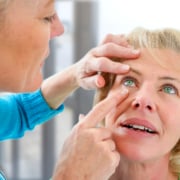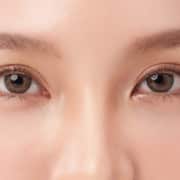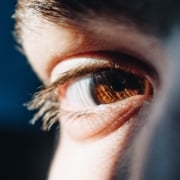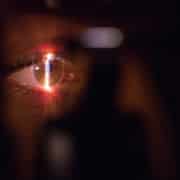How to Talk to Your Eye Doctor About Medical Marijuana
As the legalization of medical marijuana continues to gain traction across various states, it has become an increasingly relevant topic in the healthcare field, including ophthalmology.
If you’re considering using medical marijuana for the treatment of certain eye conditions or managing associated symptoms, it’s essential to have an open and honest conversation with your eye doctor.
This dialogue can help ensure you receive the most appropriate care while mitigating potential risks or side effects.
Understanding Your Eye Doctor’s Perspective
Medical professionals, including eye doctors, are responsible for providing evidence-based treatments and addressing potential risks or contraindications associated with their patients’ treatment plans.
While some eye doctors may be open to discussing medical marijuana, others may remain hesitant due to the lack of comprehensive research or concerns about potential side effects.
It’s crucial to approach the conversation empathetically and understand their professional obligations.
Being Transparent About Your Condition and Symptoms
Honesty and transparency are also essential when discussing medical marijuana with your eye doctor.
Provide a detailed account of your eye condition, symptoms, and other relevant medical history. This information will help your doctor better understand your situation and assess whether medical marijuana could be a viable option for you.
Additionally, be upfront about any current or past use of medical marijuana, as this can impact your doctor’s recommendations and treatment plan.
Discussing Potential Benefits and Risks
While medical marijuana has shown promise in alleviating specific eye-related symptoms, such as pain, inflammation, and glaucoma-related pressure, it is essential to have an open discussion about the potential benefits and risks.
Your eye doctor can provide insights into the current research and evidence related to medical marijuana’s effects on your specific condition. They can also advise you on potential side effects and interactions with other medications.
Bringing Clarity to Your Eye Care in Honolulu, HI
For personalized guidance on the use of medical marijuana for eye conditions, schedule an appointment with Dr. Jeffrey Maehara at Maehara Eye Surgery & Laser.
Dr. Maehara’s expertise ensures a thorough evaluation of your symptoms and medical history, providing you with the best treatment options.
To discuss your condition and explore the potential benefits and risks of medical marijuana, call us today at 808-955-3937. Your eye health and comfort are our priority, and we are here to support you with compassionate and informed care.











